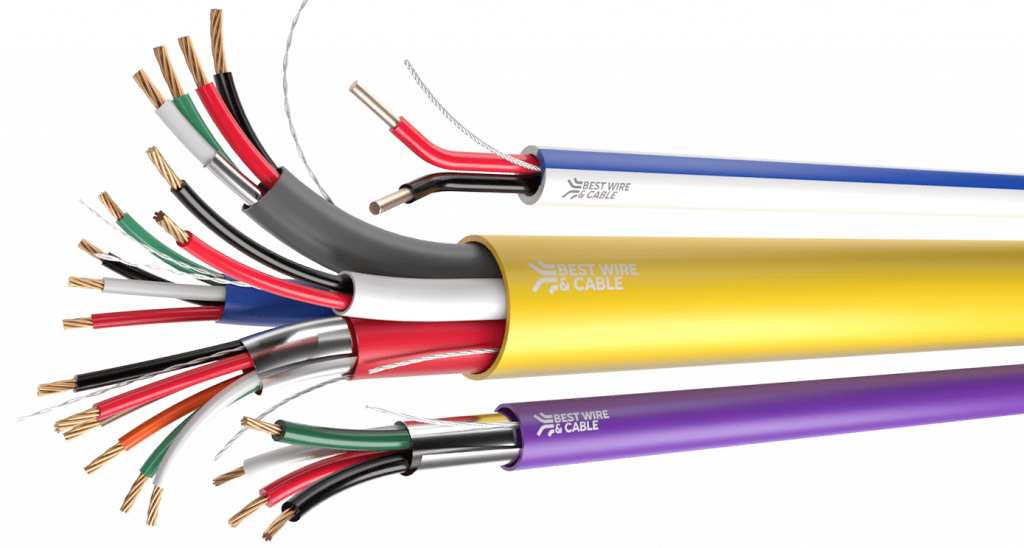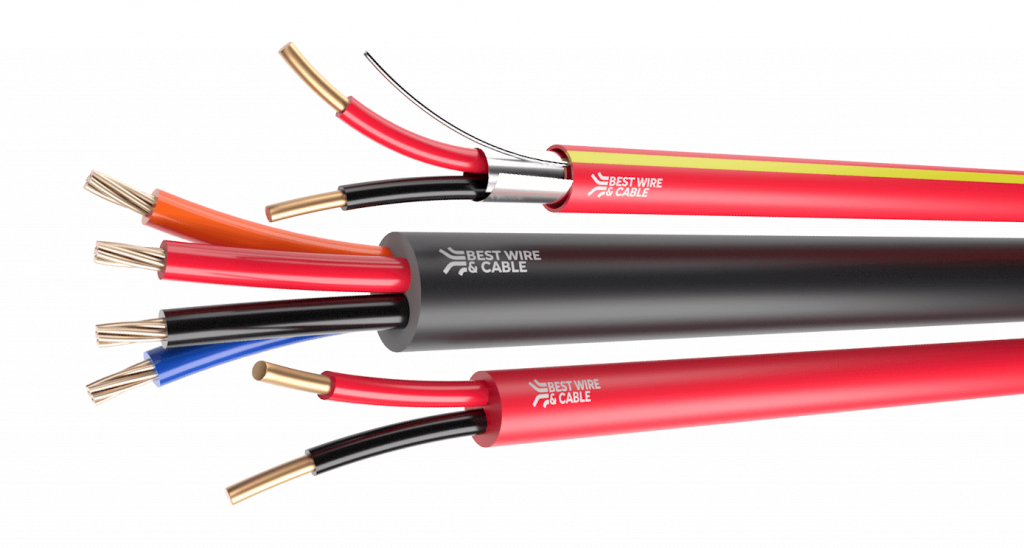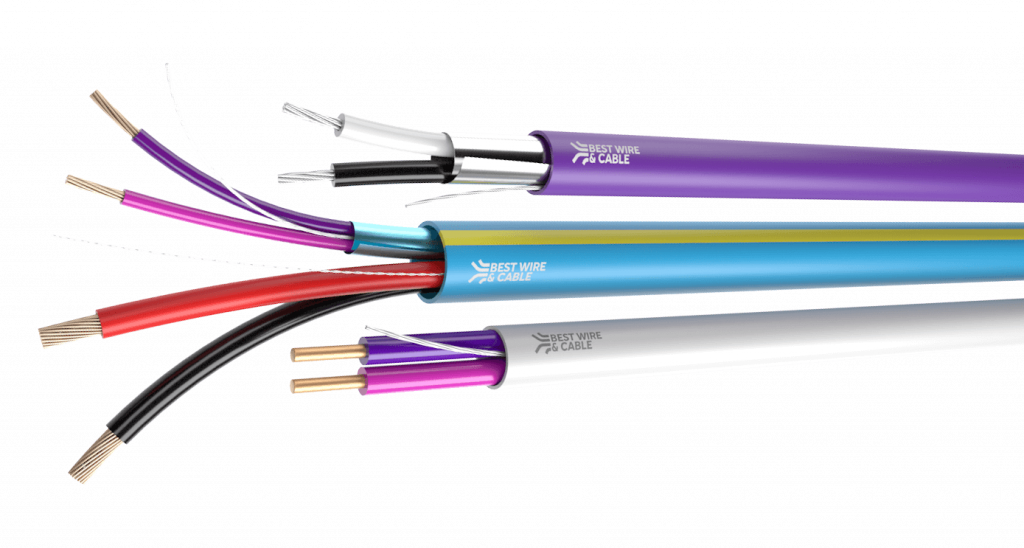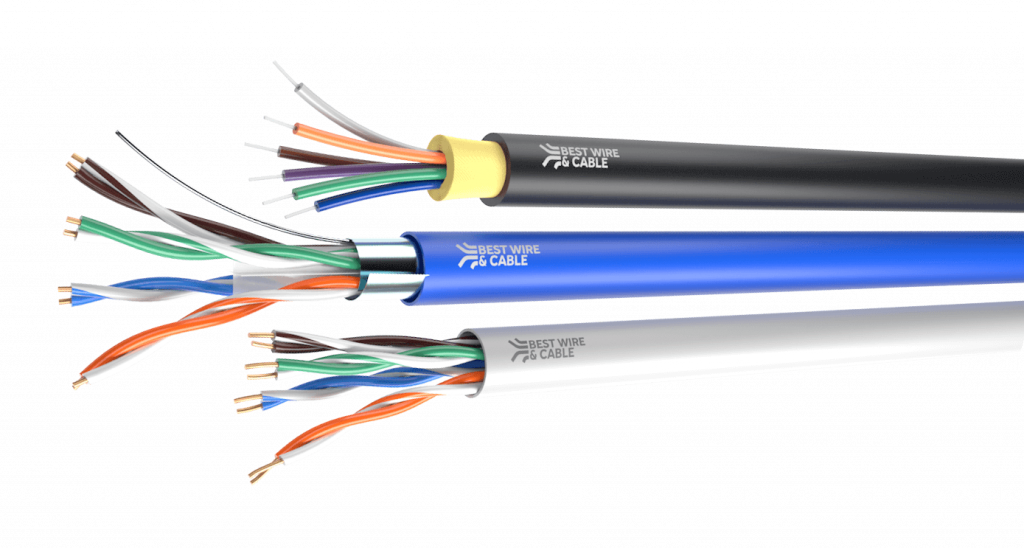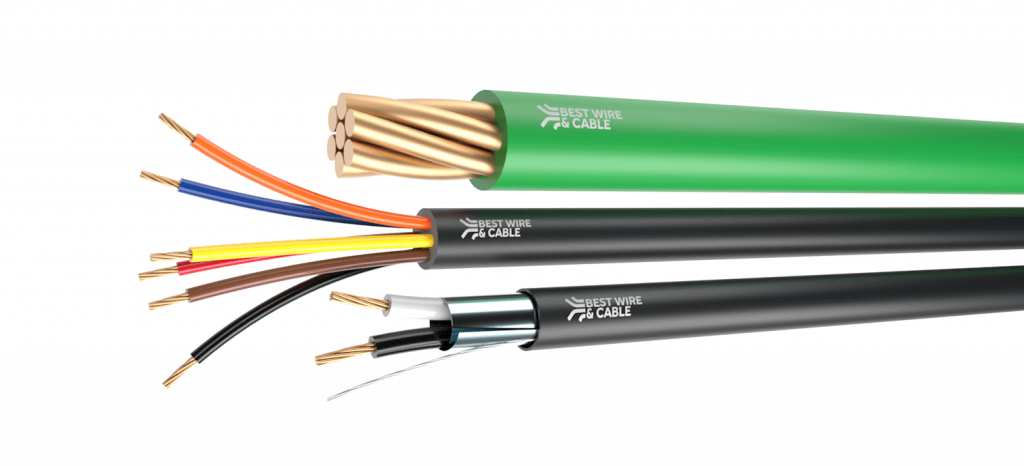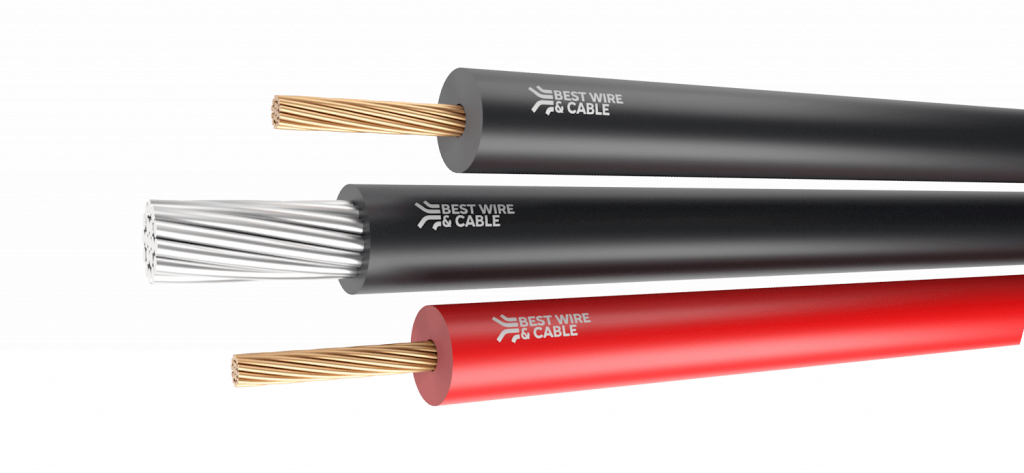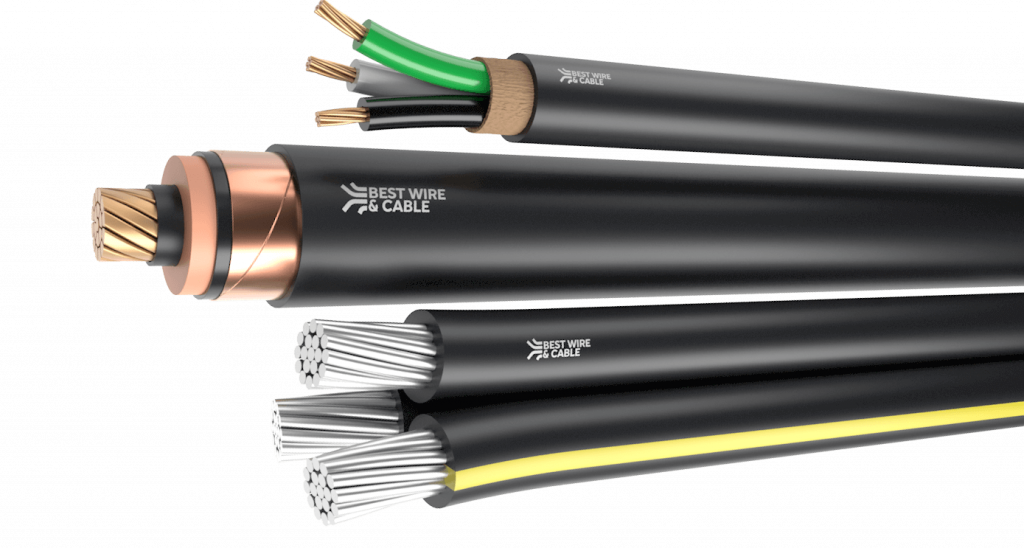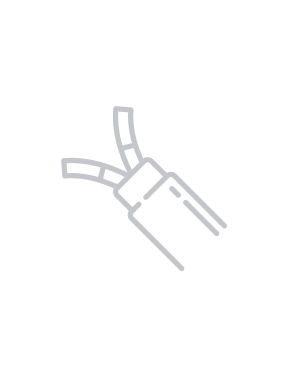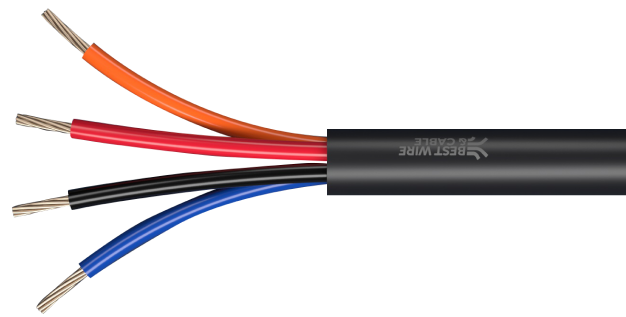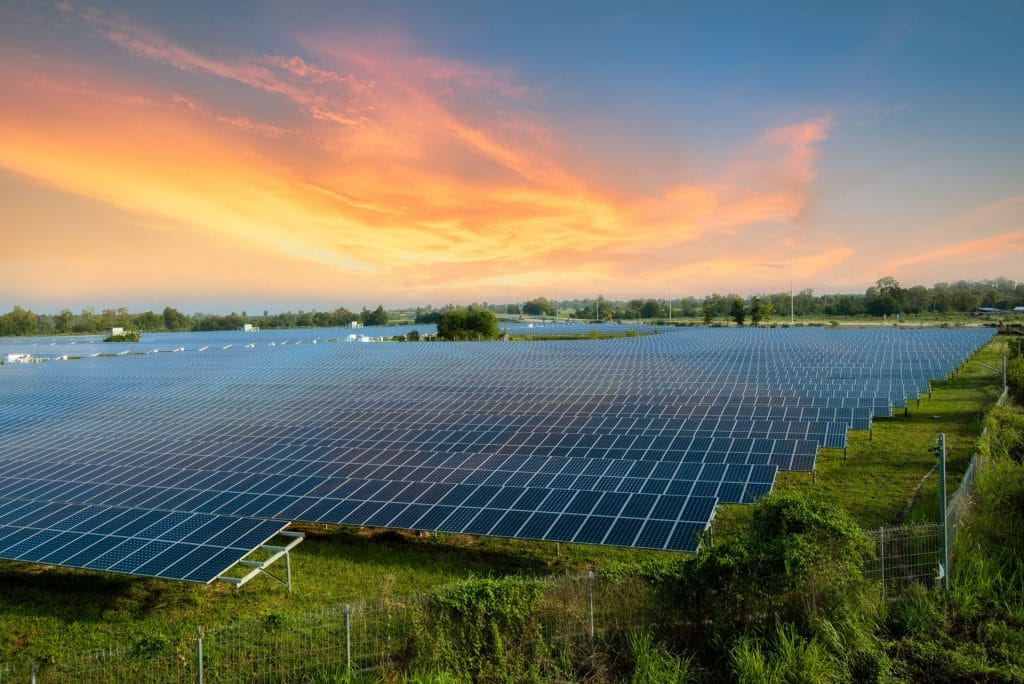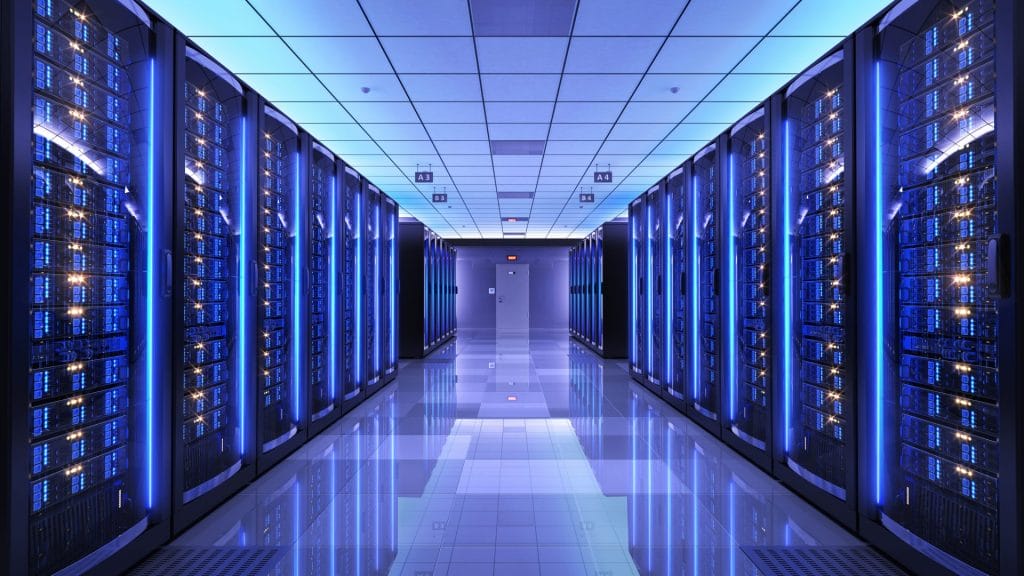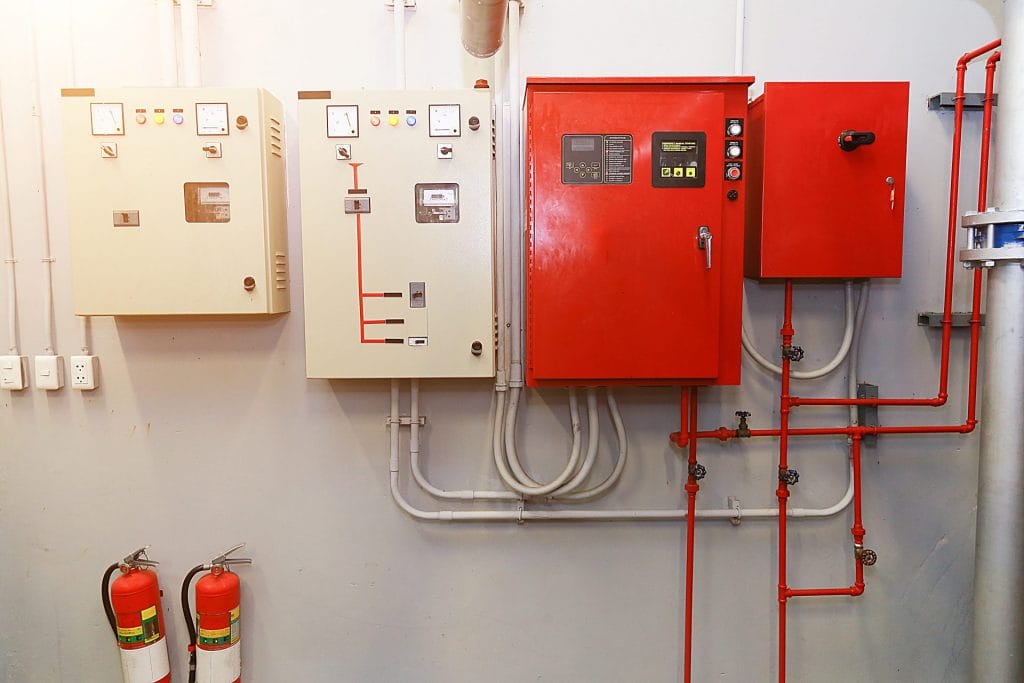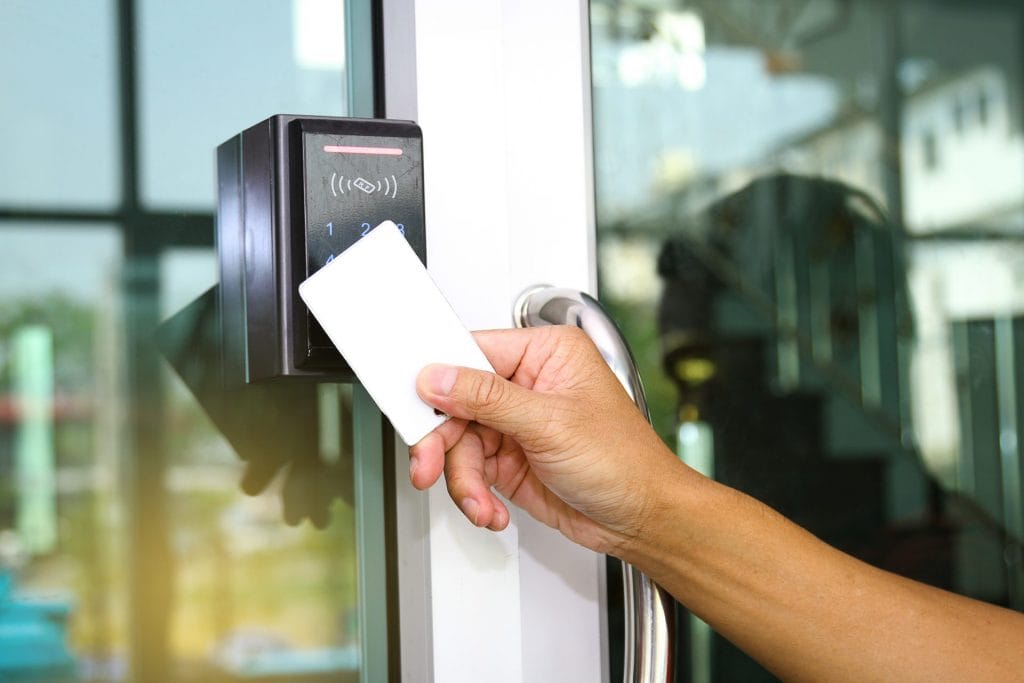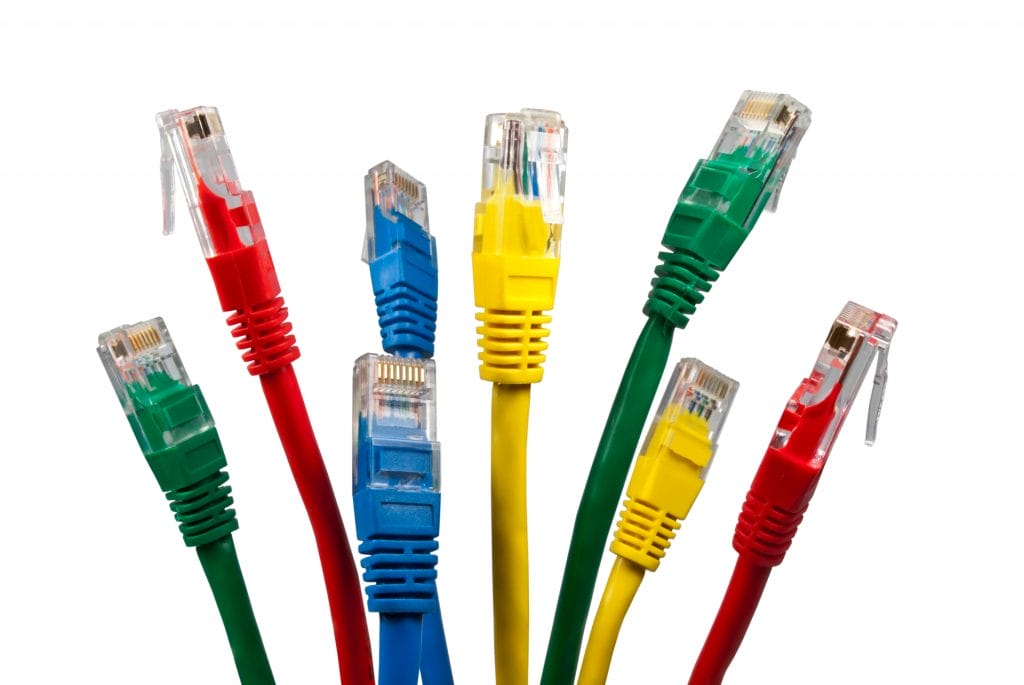An Introduction to Fiber Optic Connectors: Types and Applications
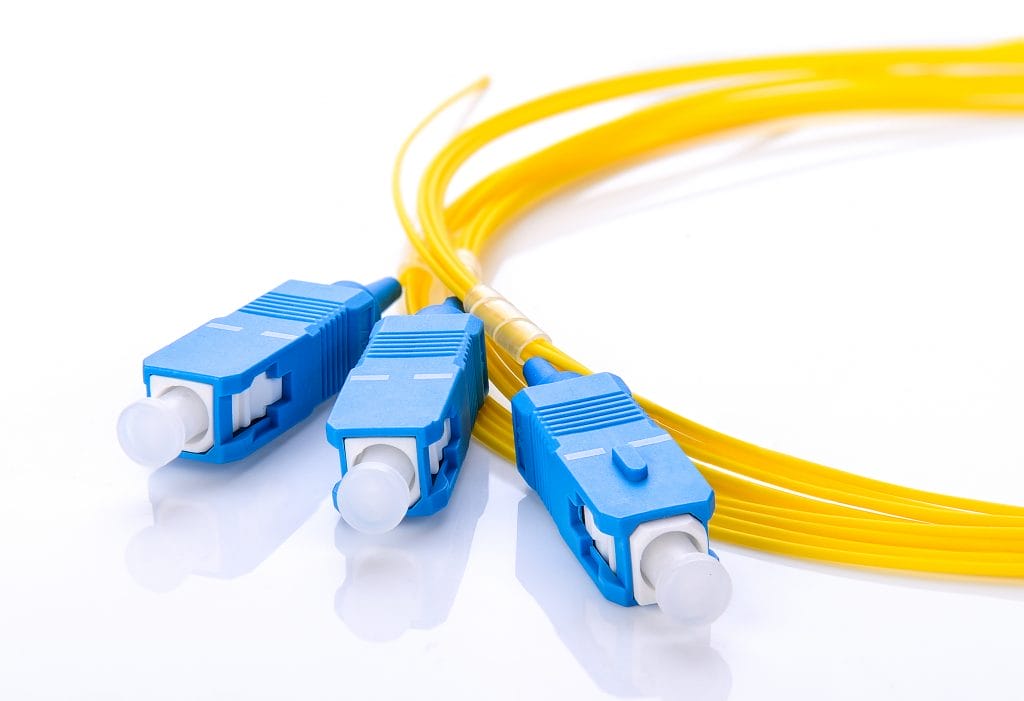
Fiber optic technology is becoming increasingly popular due to its high bandwidth capabilities, low signal loss, and long-distance transmission capabilities. But, how do these cables connect to devices and transmit information? The answer lies in fiber optic connectors. In this article, we will provide an introduction to fiber optic connectors, their types, and applications.
What are Fiber Optic Connectors? Fiber optic connectors are used to connect fiber optic cables to devices, such as transceivers, routers, switches, and media converters. These connectors are designed to provide low insertion loss, high return loss, and precise alignment of fibers for efficient light transmission.
Types of Fiber Optic Connectors: There are several types of fiber optic connectors available in the market, each designed to meet specific requirements. Some of the most common types of fiber optic connectors are:
1. SC Connector: The SC (Subscriber Connector or Standard Connector) is a square-shaped connector that is easy to install and provides excellent performance. It is widely used in data center and telecommunications applications.
2. LC Connector: The LC (Lucent Connector or Little Connector) is a small, easy-to-install connector that provides high-density connectivity. It is commonly used in high-speed data transmission applications, such as in LAN, WAN, and SAN networks.
3. ST Connector: The ST (Straight Tip) connector is a popular connector in LAN, WAN, and SAN networks. It is durable, easy to install, and provides excellent performance.
4. FC Connector: The FC (Ferrule Connector) connector is a popular connector used in data center and telecom applications. It provides excellent performance, high precision, and is easy to install.
5. MTP/MPO Connector: The MTP/MPO (Multi-Fiber Termination Push-On) connector is used to connect multiple fibers in a single connector. It is commonly used in high-density applications, such as in data centers and telecommunications.
Applications of Fiber Optic Connectors: Fiber optic connectors are used in a wide range of applications, including:
1. Telecommunications: Fiber optic connectors are widely used in telecommunications applications to transmit data over long distances.
2. Data Centers: Fiber optic connectors are used in data centers to provide high-speed connectivity between servers, switches, and storage devices.
3. Military and Aerospace: Fiber optic connectors are used in military and aerospace applications due to their high reliability, durability, and high-speed transmission capabilities.
4. Medical: Fiber optic connectors are used in medical equipment for various applications, such as in endoscopes and surgical instruments.
5. Broadcast: Fiber optic connectors are used in broadcasting applications to transmit high-quality audio and video signals over long distances.
In conclusion, fiber optic connectors are essential components that allow fiber optic cables to connect to devices and transmit information. Understanding the different types of fiber optic connectors and their applications can help you choose the right connector for your specific needs. Whether you are working in telecommunications, data centers, military, aerospace, medical, or broadcasting industries, fiber optic connectors can provide reliable, high-speed connectivity for your applications.
View BWC’s Fiber Optic Products
